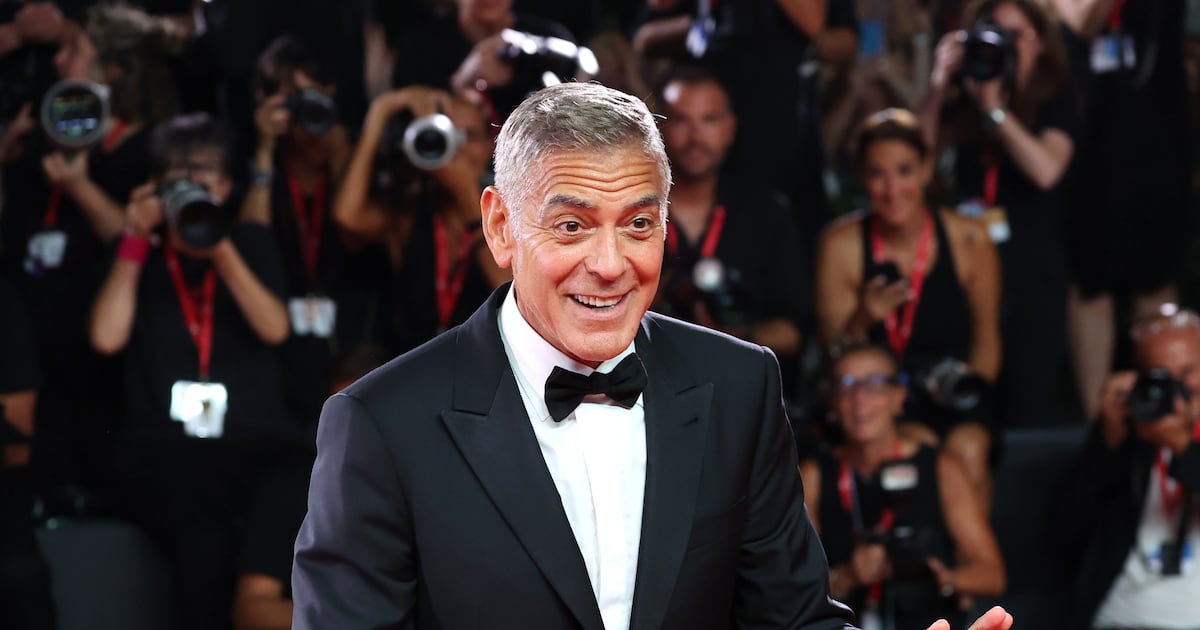
Completed in 1934, the High Line was originally built to deliver goods to and from Manhattan’s largest industrial district. Connecting trains to factories and warehouses 30 feet above street-level eased congestion and increased safety.
James Shaughnessy
Positioned at the center of the blocks rather than over the avenues, the High Line originally ran from 34th Street to St. John’s Park Terminal at Spring Street. The southernmost section was demolished in 1960 and the structure now ends in the Meatpacking District at Gansevoort Street.

Interstate trucking began to dominate in the 1950s, and fewer and fewer trains appeared on the High Line in the following decades. By 1980, Manhattan’s elevated railway had seen its last train, making way for a self-sown landscape. Wildflowers, grasses, shrubs, and even apple trees, took root.
Joel Sternfeld
In 1999, Robert Hammond (left) and Joshua David (right) formed Friends of the High Line in an effort to preserve the structure for reuse as a public park. Though their success was anything but certain. Mayor Giuliani signed demolition orders shortly before leaving office, but the decision was later reversed. “The City Council were the first ones to give us public funding and they were helping us fight Giuliani. Congressman Jerry Nadler was incredibly helpful and when the Bloomberg administration came into office, there was a sea change,” Hammond tells The Daily Beast. Others also lent support–Diane von Furstenberg, Edward Norton, and Hillary Clinton, among them.
Reuters
Construction on the first section–from Gansevoort to 20th Street–began in 2006, but an environmental survey found that everything down to the steel and concrete had to be removed before a new park could take the place of the old, elevated railway. Section two–to West 30th Street–is slated to open in 2010.
Tina Paul, WENN / Newscom
The new Standard hotel straddles the park and overlooks the Gansevoort terminus during section one’s last phase of construction. Many property owners were against the project at the outset, but that quickly changed as developers moved in and land values shot up. Now, the Whitney is planning a new satellite museum designed by Renzo Piano at this location.
Iwan Baan
Designed by James Corner and Diller Scofidio + Renfro, the High Line provides an instant escape from the street below. Simultaneously, it offers visitors a chance to see New York as they never have before.
Design by James Corner Field Operations and Diller Scofidio + Renfro / Courtesy of the City of New York
According to planting designer Piet Oudolf, it will take about two years for the perennials, grasses, shrubs, and trees to come into their own. Expert planning ensures blooming from late January to mid-November. “A landscape might look ‘green’ because it looks physically green, but when you use annuals and you’re constantly having to replace plants it’s not really a sustainable practice”, says High Line co-founder Joshua David. “We hired a guy called Patrick Cullina, who was at the Brooklyn Botanic Garden, to run the horticulture and operations of the park. And one of the reasons I felt so excited about getting him to come work with us was he had a real vision of this being a changing landscape, it’s not static, it’s not trapped in time.”
Richard Drew / AP Photo
The High Line’s first section officially opened to the public on June 9. Here, the ribbon-cutting ceremony with High Line co-founder Robert Hammond, Mayor Michael Bloomberg, Congressman Jerry Nadler, City Council Speaker Christine Quinn and fashion designer Diane von Furstenberg, among others. “I thought the chances of this happening were one in a hundred for the first several years. But the High Line has always attracted interesting people and I did the personal calculus and to me it was worthwhile even if it wasn’t going to happen,” Hammond tells The Daily Beast.
Newscom
High Line co-founder Joshua David explains one of many design challenges was to “…take something that’s really steeped in the history of the West Side and translate that into a present landscape and one that also looks toward the future–so that it’s not a piece of historical nostalgia but something that really marks yet another stage of the structure’s life.” Here, reinstalled tracks from the old rail line blend seamlessly with more contemporary elements to achieve just that.
Spencer Platt / Getty Images
“Even though we’ve had thousands of people up there already, the plants look great–even the edges that I thought would get a little trampled,” says Hammond. “We don’t have any barrier between the path and the plantings. People always think that the public will degenerate to the lowest common denominator, but they don’t. And that’s why they can have movable chairs at Bryant Park.”
Iwan Baan
One of two primary entrances to section one, the Gansevoort stair beckons would-be visitors with ceremony, drama and the mystery of what lies beyond. Architects Diller Scofidio + Renfro are well known for built projects like the Institute of Contemporary Art, Boston and works in progress such as the redevelopment of Lincoln Center.
Iwan Baan
The Sundeck, floating between 14th and 15th Streets, offers endless open sky and sweeping views of the Hudson River–both luxuries in high-density Manhattan. “There’s been so much great new architecture that’s come into New York, but a lot of it’s fancy apartment and office buildings. This is a piece of architecture and design that is free for everyone to enjoy,” Hammond tells The Daily Beast.
Iwan Baan



